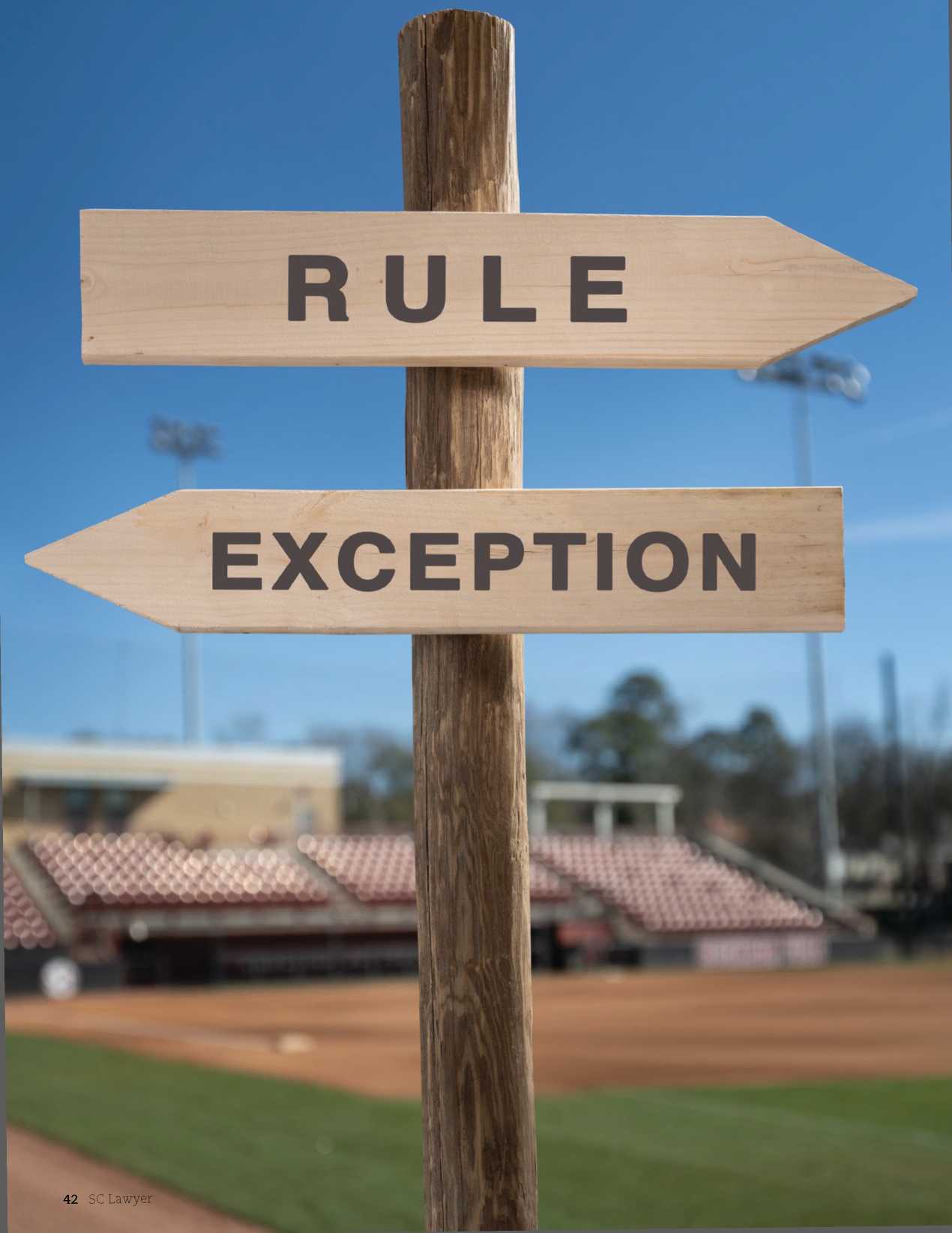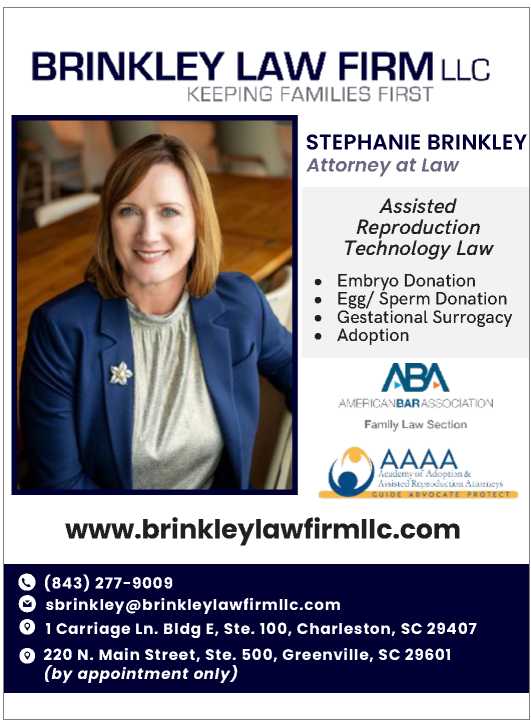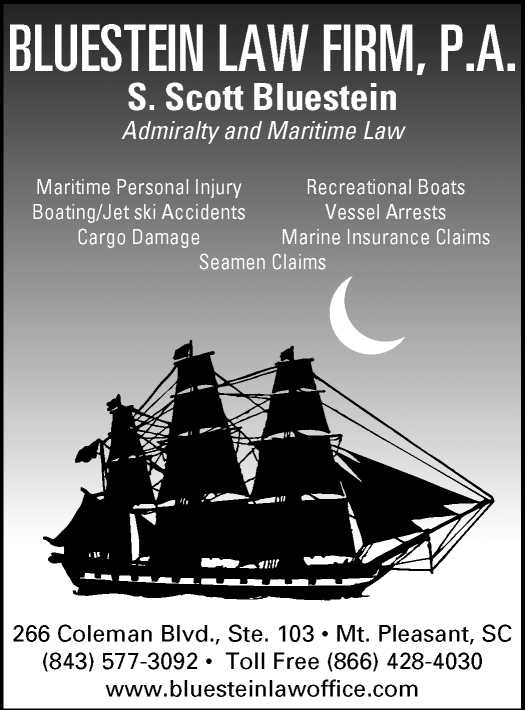Expert Testimony and Crawford
| Publication year | 2023 |
| Pages | 42 |

Expert Testimony and Crawford
By Daniel Coble
Introduction
Judge Joe Anderson often uses a baseball metaphor to explain the difficulty of the rules of evidence. While the rules of baseball appear pretty straightforward (e.g., nine innings, three strikes you're out, etc.), they grow in complication as the exceptions to the rules add up (e.g., extra innings if the score is tied after nine, three strikes you're out except for the dropped third strike rule, etc.). And the same can be said of the rules of evidence - with every rule there is an exception, and often there is an exception to that exception.
SCRE 703 and 705
Take, for example, a common rule of evidence: hearsay is not admissible to prove the truth of the matter asserted. Our Supreme Court has held that when a hearsay statement is excluded, a testifying witness cannot simply bypass that exclusion by using "pass through" hearsay (i.e., after hearing that statement, what did the witness understand).[1] However, under SCRE 703, an expert may use otherwise inadmissible evidence to explain a conclusion or opinion that they have reached based on that evidence.
This rule is a compromise between the common exclusion of hearsay and the deference to the trustworthiness of experts.[2] The expert does not consider the rules of evidence as they work in their field, but rather they use tried and trusted methods in their specific field.[3] That is why the rule states that the facts and data that an expert relies on must be the type that are reasonably relied upon in their field. However, the actual inadmissible evidence (i.e., facts and data) is not allowed to be disclosed to the jury simply because the expert relied on them. If the otherwise inadmissible evidence is disclosed to the jury, then it is likely that the trial judge will give a limiting instruction to the jury that the purpose of the disclosure is so that the jury can judge the credibility of the expert and how he reached that conclusion, not for the truth of the disclosed facts.[4]
Even if the requirements of SCRE 703 are met, the trial court must still perform a balancing test under SCRE 403 to determine whether the probative value of the evidence is substantially outweighed by a danger of unfair prejudice, confusing the issues, misleading the jury, undue delay, wasting time, or needlessly presenting cumulative evidence..[5]Additionally, SCRE 705 allows opposing parties to force the expert to divulge the underlying facts and data they relied upon, even if they do not wish to give it up.[6]
SCRE 703 and Crawford
But just as the rules of baseball grow more complicated as the game is played, so do the rules of evidence as trials move forward - and one area that has become complex is SCRE 703 and testimonial statements in criminal trials. In Crawford v. Washington,[7] the Supreme Court held that the Sixth Amendment forbids hearsay testimony that is testimonial in nature, and thus overruled parts of Ohio v. Roberts that allowed for hearsay as long as it was reliable.[8] Crawford held that if a statement was testimonial in nature, and there was no meaningful opportunity for cross-examination, then the statement would be excluded unless the declarant testified at trial.
Generally, the admission or exclusion of testimonial statements is straightforward. The court determines if the statement is testimonial; if it is, then the declarant of that statement must testify (or there must have been a prior opportunity to cross-examine). Otherwise, a defendant's rights under the Confrontation Clause will be violated. But what happens when an expert in a criminal case relies on data that contain testimonial statements using SCRE 703?
Testimonial and Non-Testimonial Affidavits
Over the years, the United States Supreme Court has attempted to narrow down what exactly "testimonial" means. ("If the primary purpose is not to serve as evidence at a later trial or as a substitute for in person testimony, the Confrontation Clause does not apply, and admissibility is left to the rules of evidence.").[9]
The primary purpose test essentially looks to why the statement was created - was it for future criminal proceedings, or some other purpose? The test uses what a reasonable person would have thought and not the actual subjective view of the creator.[10]
One of the first Supreme Court cases after Crawford that dealt with testimonial statements and affidavits was Melendez-Diaz, where a defendant was convicted of drug charges. At his trial, the drugs and certificates of the drug analysis were admitted into evidence without the testimony by the lab technician who performed the drug analysis.[11] The Supreme Court held that these drug certificate affidavits were testimonial in nature and thus the defendant's Sixth Amendment right to confrontation was violated.
[N]ot only were the affidavits "˜made under circumstances which would lead an objective witness reasonably to believe that the statement would be available for use at a later trial,'" ... but under Massachusetts law the sole purpose of the affidavits was to provide "prima facie evidence of the composition, quality, and the net weight" of the analyzed substance,...[12]
The court emphasized that affidavits typically fall under the core class of testimonial statements, but this is because of what they are typically conferring to a jury: a declaration of evidence that was prepared for trial.[13]
After Melendez-Diaz was decided, the Supreme Court handed down another opinion that further clarified affidavits and the confrontation clause. In Bullcoming v. New Mexico, the state introduced a report of the defendant's blood alcohol concentration without presenting testimony from the forensic expert who performed the actual test.[14] The court held that this violated the right to confronta-


tion because the blood report was inherently testimonial in nature, and thus the defendant had a right to confront the person who created the report. The court emphasized that just as the certificate in Melendez-Diaz was used to prove a fact in a criminal proceeding, the blood analysis in this case was used for the same purpose.[15]
The court also dispensed with the argument that the original...
To continue reading
Request your trial
